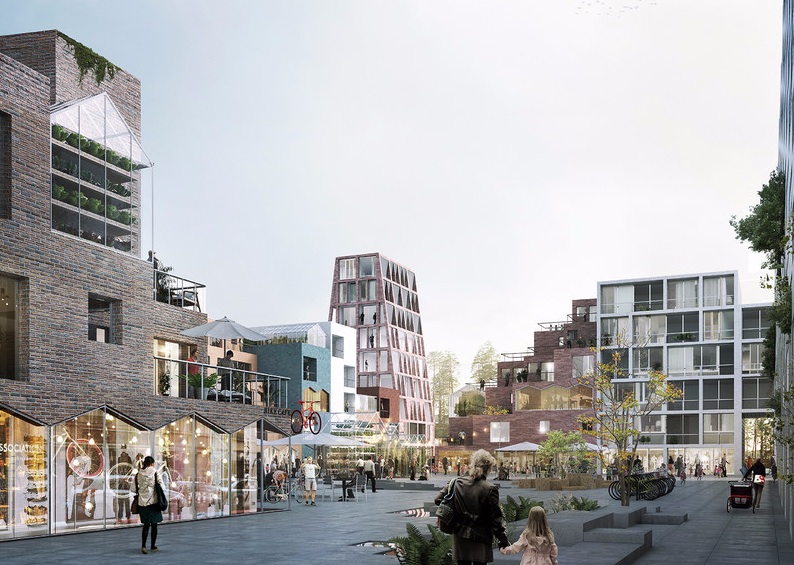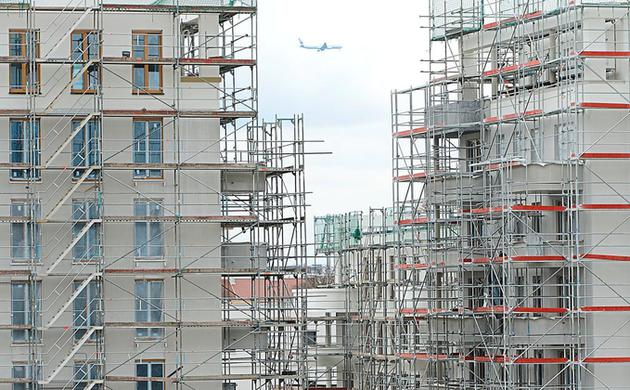Around the world, airports are growing—and so are the cities that they serve. How can those two processes—airport growth and urban growth—be coordinated for mutual benefit?
That question was on my mind while I was preparing a keynote speech for a conference in Vantaa, Finland. Vantaa is home to Helsinki’s international airport and is an emerging hub for long-haul traffic between Europe and Asia. Due to Finland’s location on the northeastern edge of the EU, transiting via Helsinki shaves an hour or two off the flight time to destinations in East and Southeast Asia. In recent years, Finnair has reoriented its route network towards Asia, promoting Helsinki-Vantaa as a new “shortcut” between the two continents. To accommodate that growth in traffic, Finland’s airport authority has unveiled an ambitious new master plan, designed around the needs of long-haul and transfer passengers.






